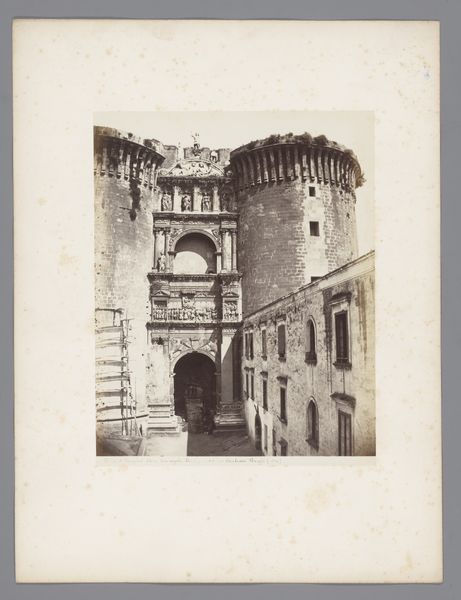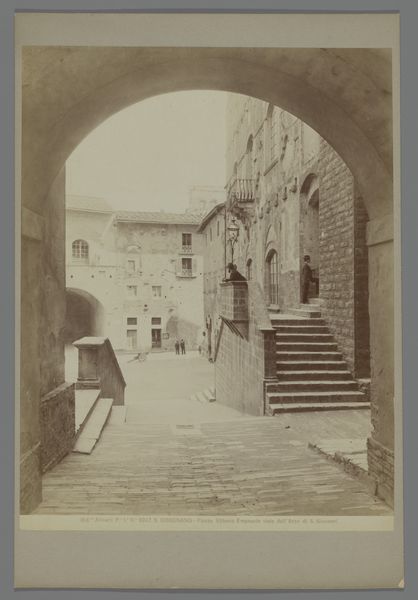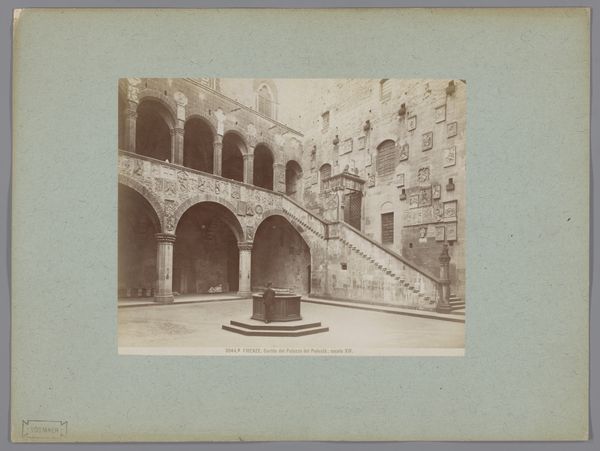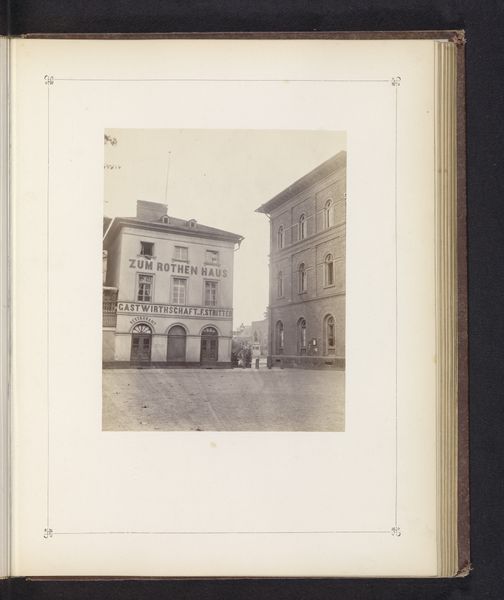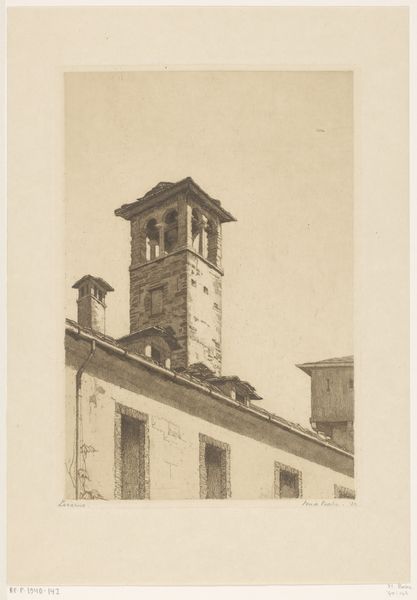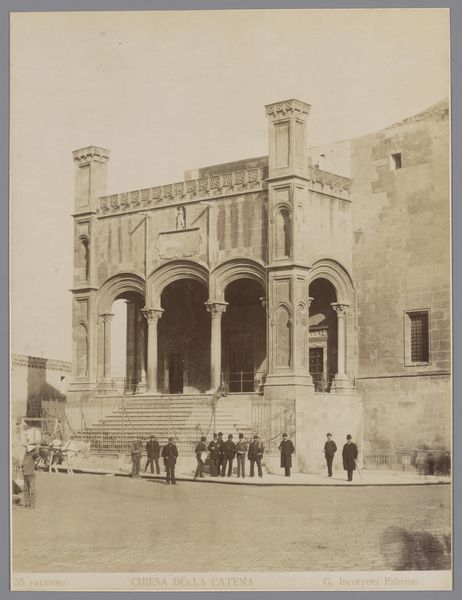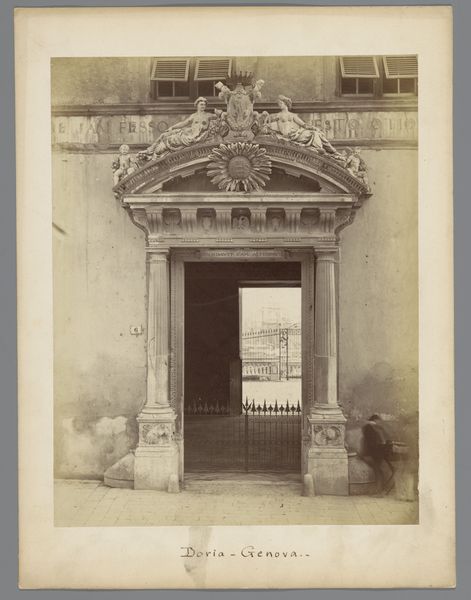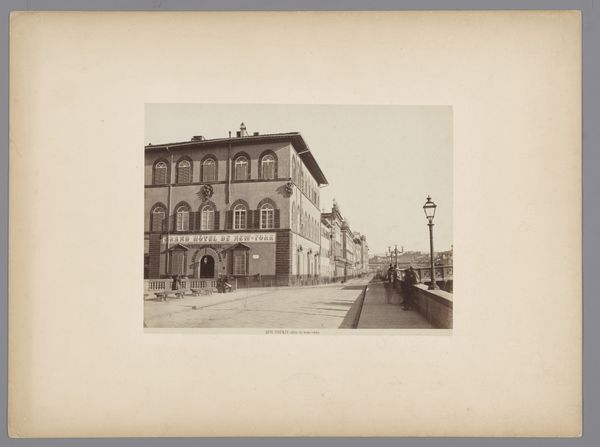
photography, gelatin-silver-print
#
photography
#
gelatin-silver-print
#
cityscape
#
italian-renaissance
#
street
Dimensions: height 357 mm, width 258 mm
Copyright: Rijks Museum: Open Domain
Curator: This striking image, "Palazzo del Bargello te Florence, Italië", by Fratelli Alinari, captures the grandeur of Florence in a gelatin-silver print from the latter half of the 19th century. Editor: Immediately, I'm struck by the rigid geometry and imposing scale. There's a sense of almost authoritarian strength in that architecture. What can you tell us about the context? Curator: Well, the Palazzo del Bargello itself has a fascinating history. Originally built in the mid-13th century, it served as barracks, a prison, and even housed the city's executioner for a time. Alinari’s image highlights this layered history through its materiality. Consider the craftsmanship involved in creating such a large and lasting building – each stone was hand-cut and carefully placed, signifying monumental labor and consumption. Editor: It’s fascinating how photography here memorializes a specific type of power, both that embedded in the building’s physical structure and the labor that created it, while also signaling its own rise. Photography becoming accessible also shifts access to art away from elites. What does a photographic cityscape of the Bargello communicate about access, audience, and politics in the mid to late 19th Century? Curator: That is a brilliant point! This print itself would have been relatively accessible compared to seeing the Palazzo firsthand, allowing viewers to experience Italian Renaissance architecture, albeit mediated. And it allows other, similar gelatin prints to be disseminated much easier. The Alinari firm mass-produced images, effectively commodifying cultural landmarks. Editor: Right. And who owned that means of production, controlled those resources, who benefitted from labor to make images. The inclusion of figures and carriages brings it to life and really highlights that contrast of old and new. The history held in those stones combined with the emergence of new social dynamics visible on the street. It is striking. Curator: Yes, these carriages are really compelling from a Materialist view; the use of horses as labor in early production and urbanization, alongside industrial advances to commodify landmarks. Editor: Precisely. And for me it highlights the ongoing dialogue between tradition and progress, the elite and everyday life that photography could, perhaps, bring to a broader audience while also obfuscating class differences with pretty pictures. It prompts many vital conversations. Curator: Indeed. It allows us to discuss shifts in access to imagery and art during periods of industrial growth. Editor: Thank you. I find myself re-evaluating assumptions and I hope the same will happen to the visitors of this artwork.
Comments
No comments
Be the first to comment and join the conversation on the ultimate creative platform.
